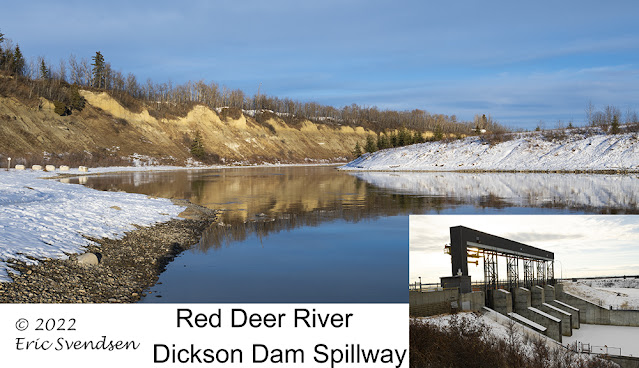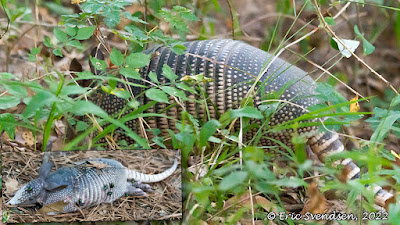Eastern bluebird with mealworm grub

I found a pair of mated eastern bluebirds nesting in a birdhouse situated in the backyard of someone's home in southern Texas. I met the lady that owned the property and we had a good conversation about the birds. They eagerly awaited her appearance each day as she brought an offering of mealworm grubs. This bird, a male, is holding one destined for his brood. I found the colouring of this particular individual somewhat paler than expected. It turns out that nutrients play a role in how colourful a bluebird is. Poor nutrition results in less intense blue colours. I can only surmise that the bird's dependence on being fed a steady diet of mealworms has something to do with that. Although mealworms contain generous amounts of essential amino acids and fats, they do not have all the necessary ingredients representing a balanced diet. I am all for feeding birds, but it is important to provide good food for them that will either help sustain them over the winter or augment



















